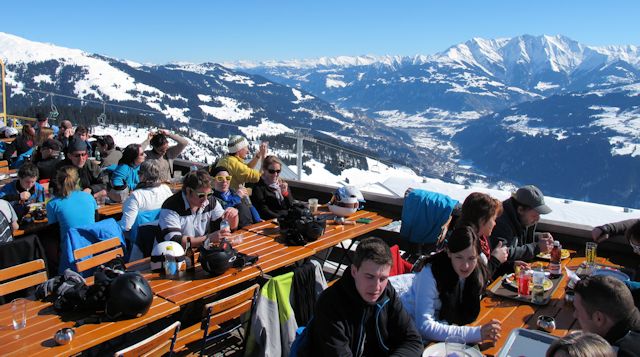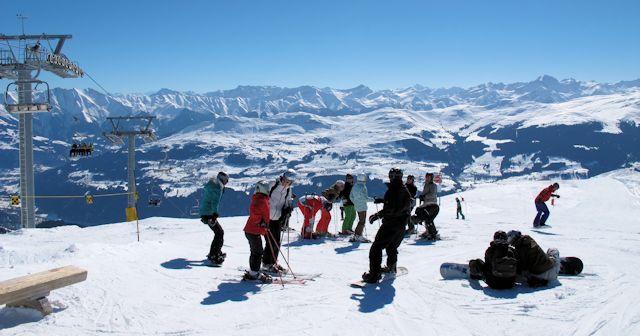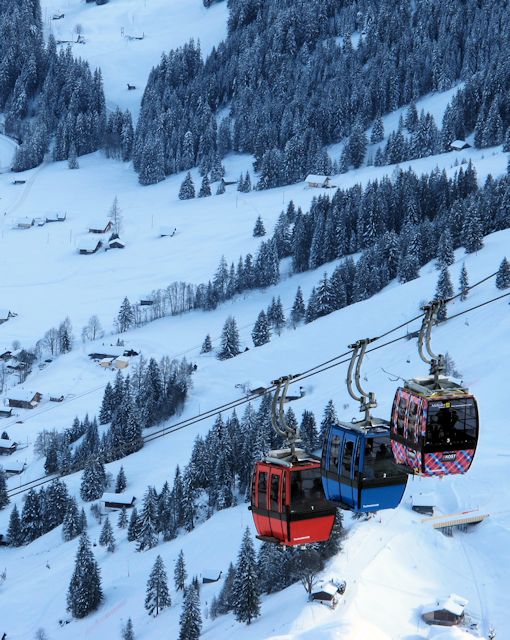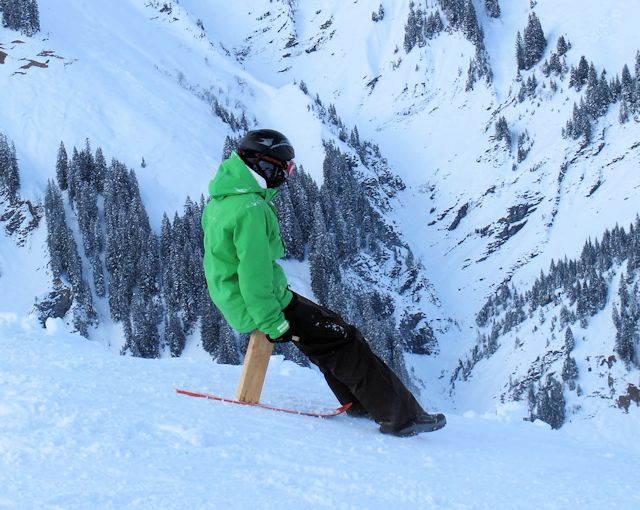I tend to take the published size of a ski area on face value. If the lift company says a resort has so many kilometre of piste, and everyone publishes the same figure, who am I to doubt them? My biggest challenge has to been to keep the figures up to date, and separate out figures for unlinked sections covered on the same pass.
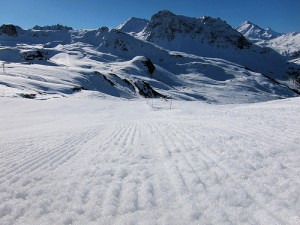
However I have often found resorts that claim a certain size of terrain seem to have less than advertised. I can generally cover up to 100km in a day, and often wonder how I get round a resort so quickly. Also the figures are often inclusive of long resort trails that are little more than snow-covered tracks, and parallel stretches of piste that really should count as one piste. And do you measure the central line of a piste to establish length, the shortest line a skier could take or the zig-zag of an accomplished skier? It has often struck me that acreage, as used in North America, would be a useful additional measure.
Now, in a new book from Cologne-based cartographer and writer, Christoph Schrahe, entitled ‘The 50 Biggest Ski Areas in The World’, the claims of some lift companies are challenged. Using Google Earth and other sources the author found resorts in Europe wildly overstate the size of their terrain, on average by 40% but often by more. He reckons the 4 Valleys area that includes Verbier is 164km rather than the advertised 412km. St Moritz, he claims is a mere 64km rather, presumably, than the published 160km for Corviglia. The Portes du Soleil area, often claimed as the biggest linked ski area in the world with 650km of piste, is dismissed by Shrahe as merely 4th biggest, with 402km across 4 uncontiguous areas.
The French/Italian Milky Way is another culprit identified by Shrahe as exaggerating its size. The relative downgrading of so many European resorts leads to some American resorts being upgraded: Whistler Blackcomb is in the world top five on size, Vail in the top 10 and the 3 Valleys of the Andes around Valle Nevado in Chile is in the world top 15, according to J2Ski.
The Swiss newspaper Blick writes that the Swiss consumer affairs agency is going to investigate the claims, whilst the German Der Tagesspiegel reports outrage in the Tirol where the Austrian enviromental agency is considering prosecutions (although in fairness the Tyrolean resorts on the whole are more accurate than most).
The book itself is available for 99 euros by sending the author an email (google him to find his web site). I haven’t seen a copy of the report so I don’t know how far to believe his claims, but it is probably about time piste sizes were independently assessed, or clear guidelines were introduced. Perhaps there should also be a clear distinction between groomed pistes and unprepared, marked areas. There’s an opportunity for somebody here to ski or snowboard all the world’s best resorts and get an accurate figure – I’m available for commission if anyone needs a volunteer!


